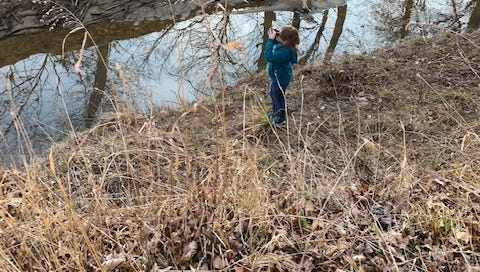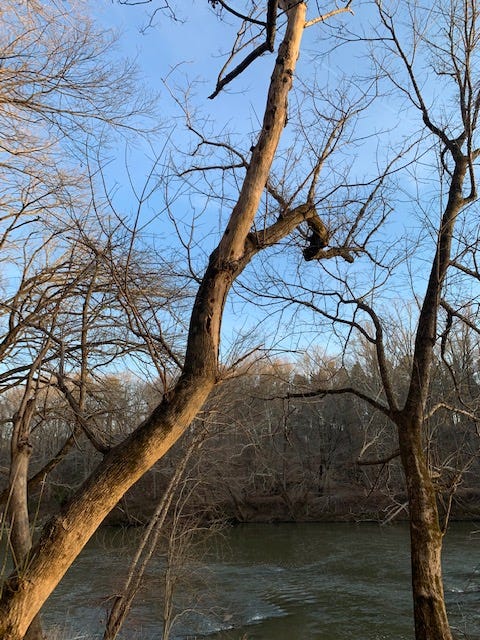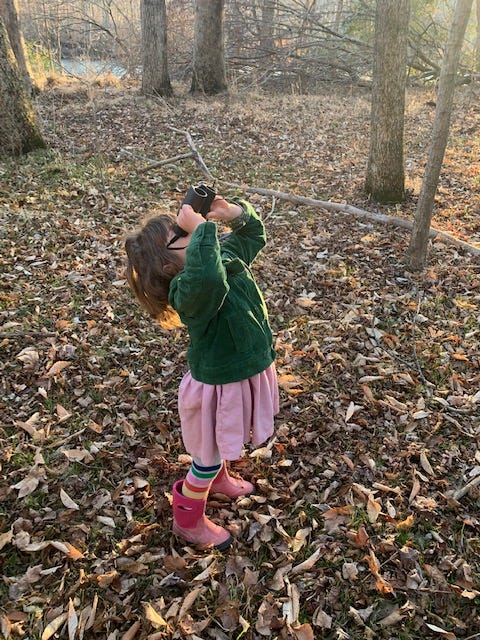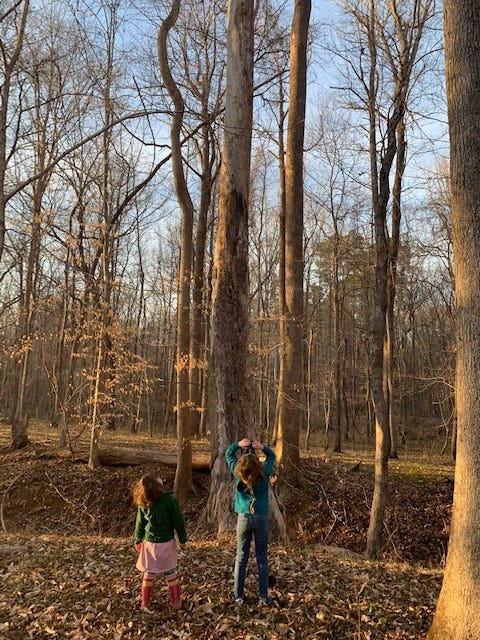Did you know that there are more than 200 different species of woodpeckers in the world? Of those, seventeen live in North America, but some of these have declining populations—mostly because of habitat loss and deforestation.
In fact, of the 23 species declared extinct by the U.S. Fish and Wildlife Species last year, the most “charismatic” species on the list was the ivory-billed woodpecker. Charismatic species are popular and recognizable animals—the ones that humans will rally behind when they are threatened. A good example is the tiger (reported on last week), or America’s national bird, the bald eagle, which was severely threatened by the pesticide DDT. Both animals have made comebacks (a big one, in the case of the bald eagle!) after intense conservation efforts.
You can also look at advertising and media targeted at kids and families to think about what makes an animal charismatic—in fact, one study that sought to identify the twenty most charismatic species looked at the animals featured on zoo websites, the animals featured in Disney and Pixar film posters, and a survey of adults and schoolkids about the animals they considered beautiful, rare, cute, impressive, endangered, and dangerous. The top-ranked animals were tigers, lions, and elephants.
Even though woodpeckers don’t make it into the top twenty, it’s easy to see why they are still considered charismatic—they are large and handsome, and their tapping and pecking is a cool background noise in forests and yards. And they were also turned into a famous cartoon character. We especially love the pileated woodpecker, which is one of the largest forest birds where we live. (Pileated means capped, and refers to their red crest.) It also lives in Canada, northern California, and all down the East Coast. Its call is distinctive:
Woodpeckers’ natural predators are foxes, coyotes, snakes, hawks, and snakes (which prey on their eggs). The oldest known pileated woodpecker was twelve years (and eleven months) old— almost a teenager!
Woodpeckers are omnivorous, eating insects, spiders, nuts, fruit, and sap. They’re most known for eating ants and grubs that live in trees, using their excellent hearing to locate them, and their pointy bills to tap holes into infested or decaying wood. Their long, sticky or barbed tongues slurp up the insects that they find inside.
Here is an example of a pileated woodpecker foraging for insects:
Woodpeckers can tap as many as twenty times a second—but thanks to the thick, spongy skulls that protect their brains, all that tapping doesn’t hurt them. Often the rapid tapping you’ll notice in the woods is what is known as drumming (or tattooing or rapping), like this:
In this way, woodpeckers communicate with other members of the species—attracting mates or declaring their territory, for example. Both males and females drum. (A group of woodpeckers is called a descent or a drumming.)
They also use their bills make holes in wood for nests and roosts, where they sleep at night and, during breeding season, lay eggs and tend their young. Once their young have fledged, they move on. These cavities are later used by other animals and birds. In fact, according to this article by Jared Lloyd in American Forests, the way that woodpeckers impact the landscape with the cavities they make is extremely important to the ecosystem.
Just about every species of woodpecker falls into the category of ecosystem engineer. In most North American forests, there tends to be several species of these birds all working toward the same end: excavating cavities, raising young in them for a season then abandoning those cavities the following year to carve out a new home for a family.
All this cavity excavation really adds up. Throughout our forests, only 1-in-10 cavities are created naturally. This means that on average, 90 percent of all available nesting cavities are created by the handiwork of woodpeckers. The greater the number of these birds, the more cavities in a forest. The more cavities, the more secondary cavity nesters the forest can support. Diversity begets diversity.
In fact, woodpeckers’ cavity-building is so important that they are considered keystone species.
Today we hiked along the river with binoculars to look for woodpeckers—though we didn’t see them, we did see many tell-tale signs that this is a great habitat for them:
“There are lots of trees. Not many people. It’s a good habitat for grubs and ants, so that makes it a good habitat for woodpeckers,” Bea said.
“I like to carry the binoculars,” Harriet said. “And look through them.”
The most important way you can help woodpeckers is by conserving land and by leaving forest snags, or standing dead trees, for the birds to forage and inhabit. You can also grow native plants, avoid pesticides, keep any bird-hunting cats indoors, and tell other people that woodpeckers are great at pest control!
Do you see woodpeckers in your yard, local parks, or at your bird feeders? Ours seem to like the “hot meats” sunflower seeds we keep in our feeder. What are you favorite backyard birds?








Today’s post was a fascinating read! I love the sound of wood peckers pecking, and now I know why they do it. My love to all.
So there are a lot of downy woodpeckers that visit, there are sometimes red-bellied woodpeckers, even less often I see a hairy woodpecker, and a northern flicker (are those woodpeckers?) - they all enjoy the suet cakes with the worms in them! Also, in the fall, I see a few yellow-bellied sap suckers (not sure if those are woodpeckers either but they do make holes in trees with their beaks!) eating the berries off the poison ivy that grows in the trees!
My favorite are the Northern Flickers; I think they are so beautiful!